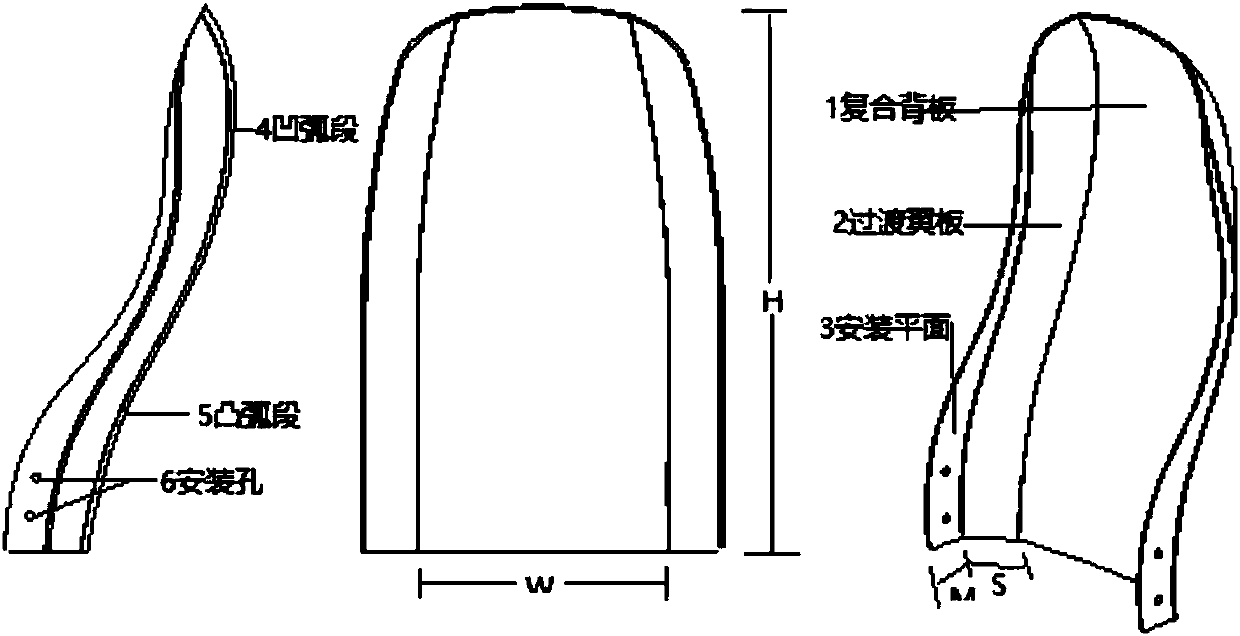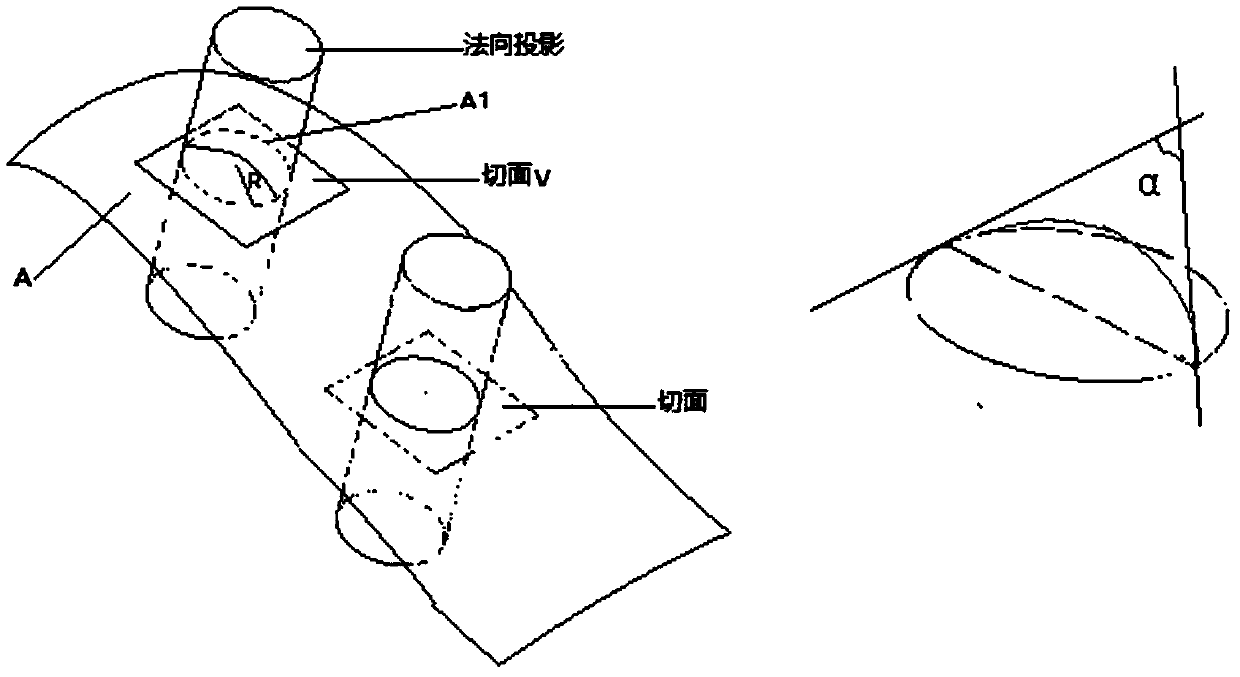Seat backrest framework made of composite material
A composite material and seat back technology, applied in the direction of the seat frame, etc., can solve the problems such as not easy to form and process, easy to be damaged, etc., and achieve the effect of weight reduction, high mechanical performance, and convenient shape
- Summary
- Abstract
- Description
- Claims
- Application Information
AI Technical Summary
Problems solved by technology
Method used
Image
Examples
preparation example Construction
[0059] The preparation method of the above-mentioned composite seat back frame of the present invention comprises the following steps:
[0060] 1) Ingredients: Take one or more of polyolefin resins, thermoplastic polyesters, polyamides, polycarbonates, other general-purpose resins or high-performance engineering plastics with continuous ultra-high-strength glass fibers and silane coupling agents in mass proportions (40:50:1) Prepare the ingredients.
[0061] 2) Plate making: use conventional technology to make unidirectional continuous glass fiber reinforced thermoplastic resin prepreg; then select the appropriate number of layers of unidirectional continuous glass fiber reinforced thermoplastic resin prepreg according to the required plate thickness t = 25mm and heat press composite A continuous glass fiber reinforced thermoplastic composite panel is formed.
[0062] 3) Cutting and typesetting: use 3D modeling software to expand the space surface of the product into a plane ...
Embodiment 1
[0072] Example 1: Mounting Hole Parameters Provide Excellent Pull and Fixation
[0073] Design the composite seat back frame S=20cm; M=16cm; β=60°; the height of the concave arc section and the convex arc section is 3:5; the composite backboard height H: 100cm, at the widest point of the composite backboard For W: 65cm. The backrest frame is formed by heat-compression compounding of 8 layers of unidirectional continuous glass fiber reinforced thermoplastic resin prepreg; two installation holes with diameter d1=d2=8mm are opened; i is equal to 20mm; ii=36mm; t=25mm.
[0074] The backrest frame made by the above parameters is tested for the strength of the backrest under the test conditions of the GB13057-2003 standard. According to the test height H1 (500mm) and H2 (750mm) required by the standard, the two test pulls are respectively F1=4100N, F2= 1425N, the displacement of the corresponding two test points is x1=125mm, x2=60mm.
Embodiment 2
[0076] Design the composite seat back frame S=20cm; M=16cm; β=60°; the height of the concave arc section and the convex arc section is 3:5; the composite backboard height H: 100cm, at the widest point of the composite backboard For W: 65cm. The backrest frame is formed by heat-compression compounding of 8 layers of unidirectional continuous glass fiber reinforced thermoplastic resin prepreg; two installation holes with diameter d1=d2=11mm are opened; ii=60mm; i is equal to 35mm; t=25mm.
[0077] The backrest frame made by the above parameters is tested for backrest strength under the test conditions of the GB13057-2003 standard. According to the test height H1 (500mm) and H2 (750mm) required by the standard, the two test tensions are respectively F1=3950N, F2= 1308N, the displacement of the corresponding two test points is x1=230mm, x2=85mm.
PUM
 Login to View More
Login to View More Abstract
Description
Claims
Application Information
 Login to View More
Login to View More - R&D
- Intellectual Property
- Life Sciences
- Materials
- Tech Scout
- Unparalleled Data Quality
- Higher Quality Content
- 60% Fewer Hallucinations
Browse by: Latest US Patents, China's latest patents, Technical Efficacy Thesaurus, Application Domain, Technology Topic, Popular Technical Reports.
© 2025 PatSnap. All rights reserved.Legal|Privacy policy|Modern Slavery Act Transparency Statement|Sitemap|About US| Contact US: help@patsnap.com



